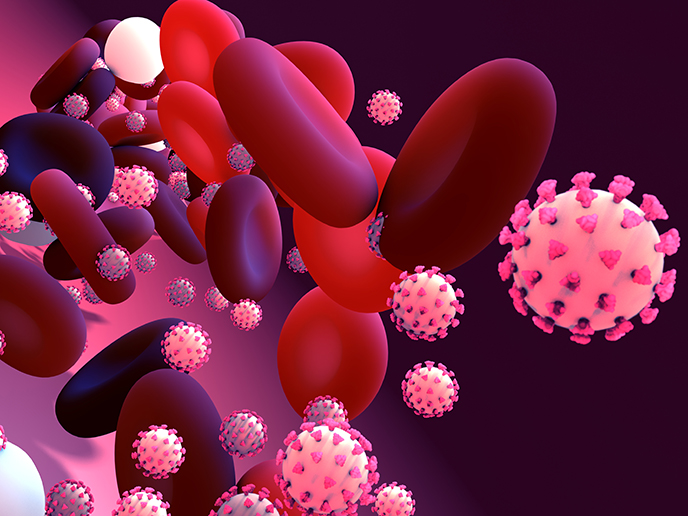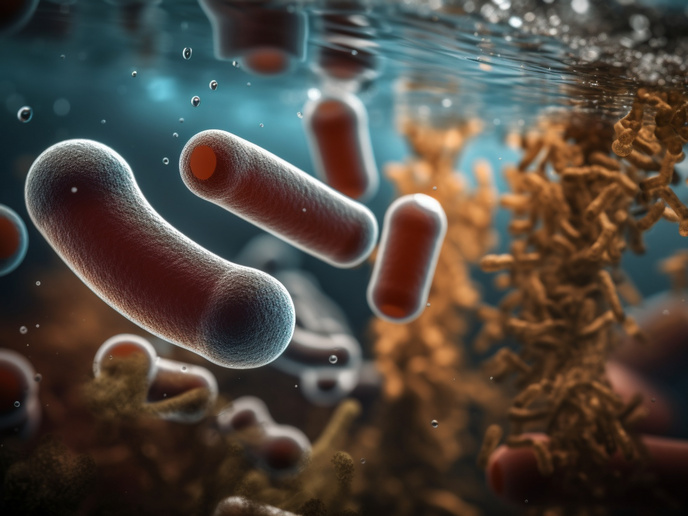Harnessing natural killer cells for autoimmune disease
Antibodies trigger the natural killer (NK) cells of the immune system to directly kill diseased target cells (B cells) through antibody-dependent cell cytotoxicity (ADCC). However, the molecular dynamics of ADCC and the means by which engineered Mabs induce ADCC have remained unclear. The EU-funded ADCC project has imaged immune synapses (IS) during antibody-mediated killing to provide insight into designing antibodies for optimised treatment. ADCC project members used state-of-the-art high-resolution microscopies to image IS and develop model systems. Rituximab was as it is a powerful Mab that mediates B cell depletion by targeting CD20 protein on the B cell surface. The drug works by triggering NK cells to kill diseased B cells coated with rituximab. IS imaging revealed important structural changes that control immune cell communication during antibody-mediated killing. The behaviour of human B and NK cells co-cultured with rituximab was studied. This drug caused CD20 clustering leading to B cell polarisation. This polarisation effect was not seen in other drugs that targeted the CD20 proteins on B cells. The polarisation of B cells could explain the higher efficacy of rituximab in mediating ADCC. ADCC project outcomes have revealed an important aspect in Mab drug design: cellular polarisation. Promising antibodies could be screened for their ability to induce cellular polarisation and modify target antigen organisation for better ADCC. The ability to induce polarisation could therefore be a predictor for drug efficacy in targeted treatment.







